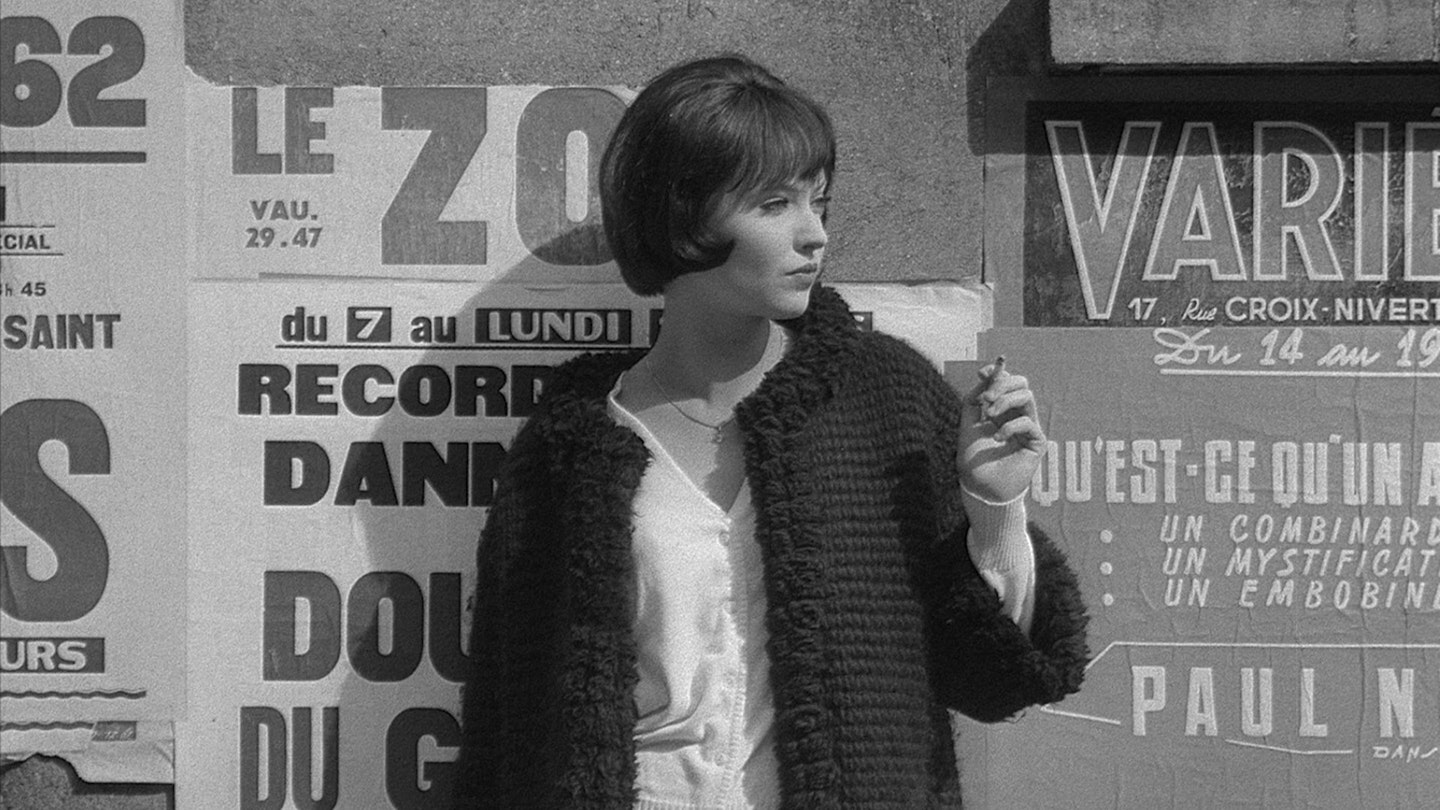From an artistic viewpoint, Jean-Luc Godard's fourth feature is a treasure trove of originals and reproductions, as the camera lingers on Anna Karina at her most bewitching. At one moment she's Lillian Gish, another Louise Brooks and another Renée Falconetti, whose performance in Carl Theodor Dreyer's The Passion of Joan of Arc moves her so deeply (perhaps because she was conscious of the fact that the actress drifted into prostitution after suffering a nervous breakdown). Yet Karina's descent from wannabe actress to chic hooker is studded with her own iconic moments, most of them involving cigarette smoke.
For Godard, however, this was clearly a difficult movie to make. It has both a B sensibility and a New Wave aura. But an wisp of sadness pervades the proceedings, as he realises he's virtually pimping for his own wife by presenting her as both madonna and whore.
Indeed, this is a film of conscious contradictions. It challenges cinematic preconceptions about the balance between text and image, while also questioning the nature of narrative by implying that this is simultaneously a documentary about prostitution, a drama about a woman trapped by fate and a study of Anna Karina playing such a character.
With its action being divided into 12 captioned segments, it also seems to be an experimental outing, which uses intense close-ups for seemingly insignificant incidents and distance shots for more dramatic moments. Yet Godard's depiction of Karina often has the romanticised glow of Hollywood glamour photography.
Similarly, Nana's killing seems random, yet she is surrounded by portents of death, such as the references to Alain Resnais's Nuit et Bruillard, philosopher Brice Parain's account of Porthos the Musketeer's demise (which forms part of a diatribe on languages's inadequacy as a means of communication) and her lover's rendition of Baudelaire's translation of Edgar Allan Poe's short story, `The Oval Portrait' (which was actually dubbed by Godard himself).
Less self-conscious, yet considerably more personal than any of his early films, this is Godard's forgotten masterpiece. Beautifully photographed by Raoul Coutard and scored by Michel Legrand, it simply makes cinema-going worthwhile.
